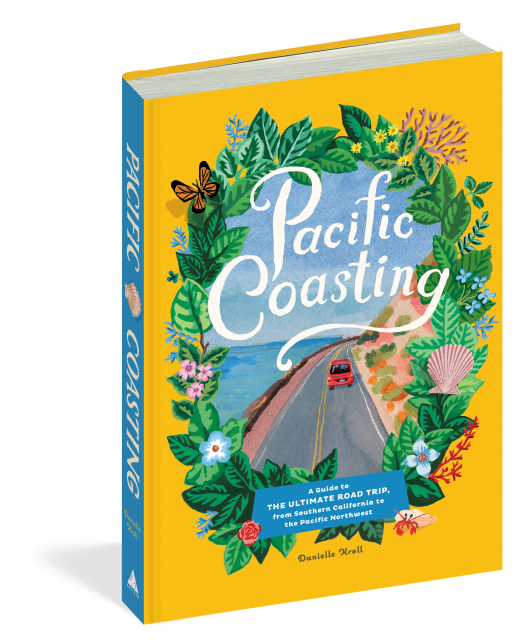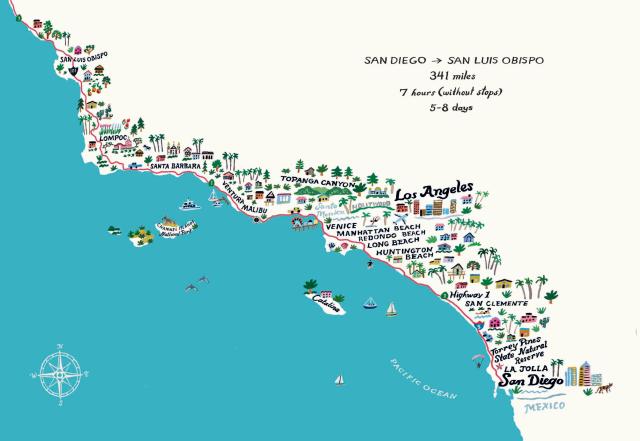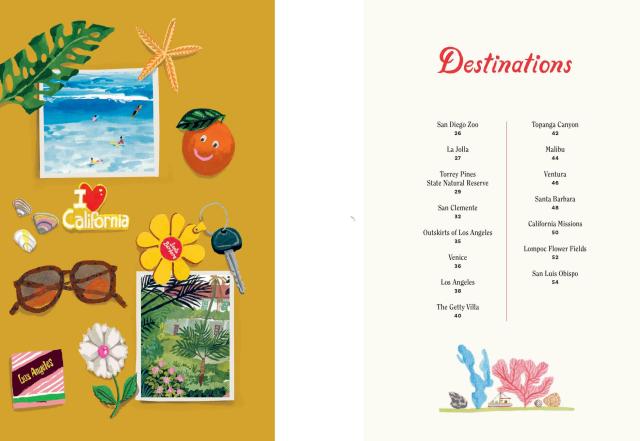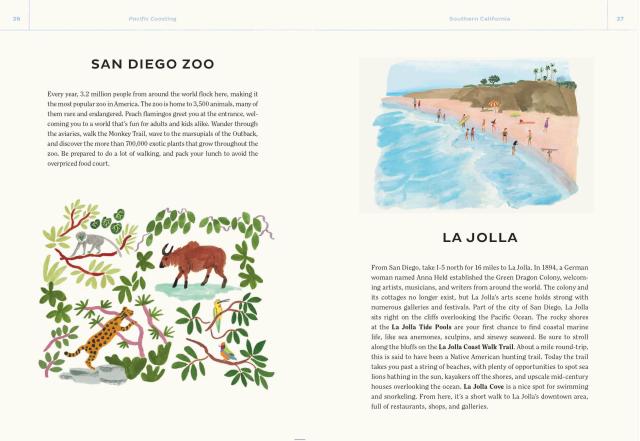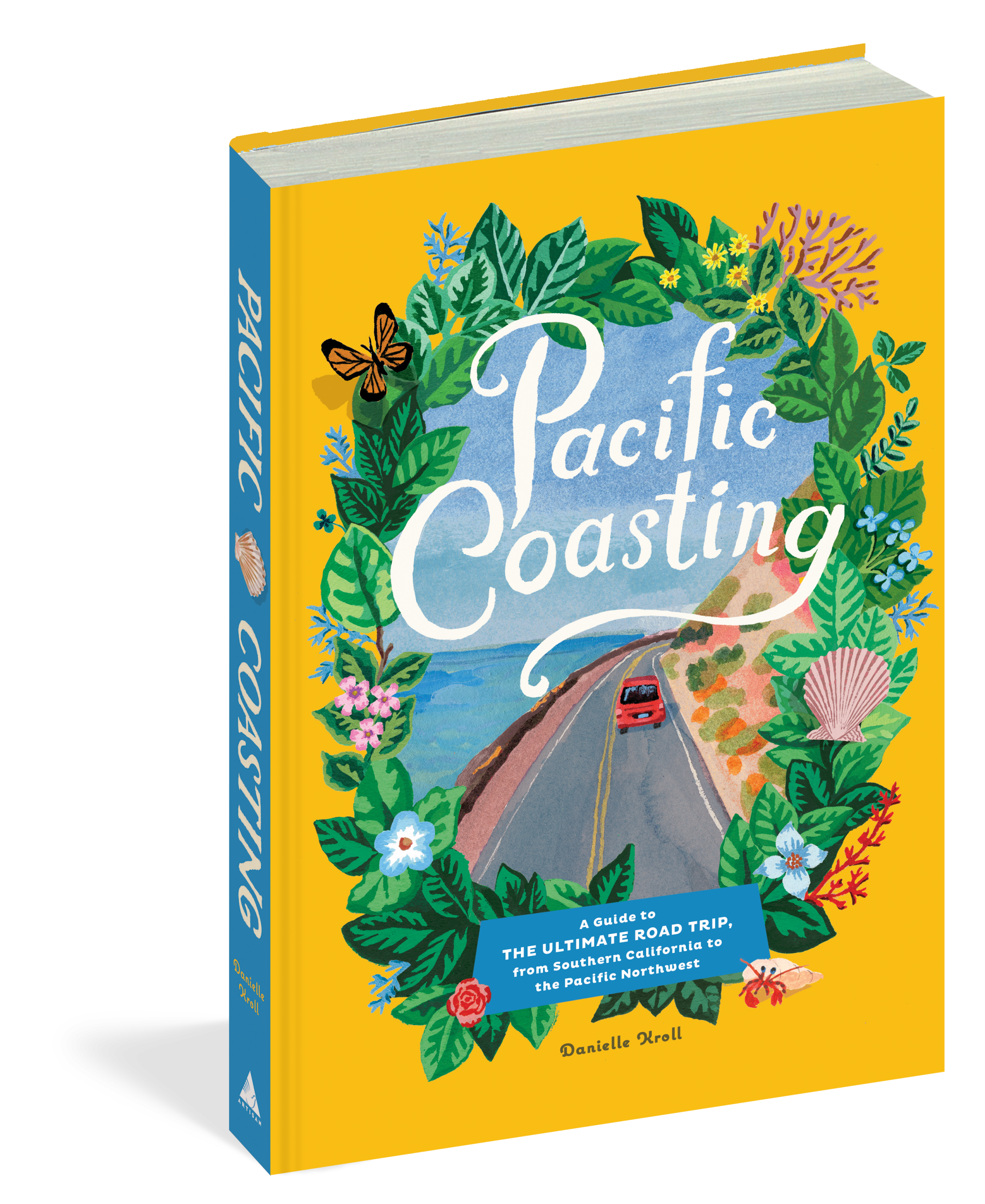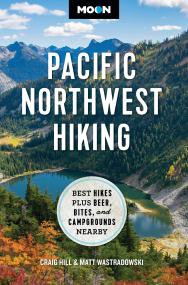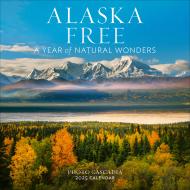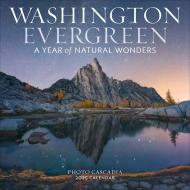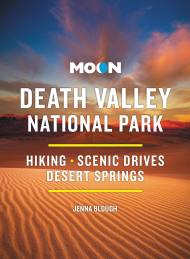By clicking “Accept,” you agree to the use of cookies and similar technologies on your device as set forth in our Cookie Policy and our Privacy Policy. Please note that certain cookies are essential for this website to function properly and do not require user consent to be deployed.
Pacific Coasting
A Guide to the Ultimate Road Trip, from Southern California to the Pacific Northwest
Contributors
Formats and Prices
Price
$19.95Price
$24.95 CADFormat
Format:
- Hardcover $19.95 $24.95 CAD
- ebook $11.99 $15.99 CAD
This item is a preorder. Your payment method will be charged immediately, and the product is expected to ship on or around March 16, 2021. This date is subject to change due to shipping delays beyond our control.
Also available from:
“Your illustrated guide to the perfect West Coast road trip.”
—C magazine
Roll down the windows, turn up the radio, and take a drive up the world’s most magical coastline.
It’s a beautiful and practical travel guide. An illustrated keepsake. An inspiration to get out and visit. And a celebration of the wild, lush, larger-than-life 2,000 miles that run along the edge of the West Coast through California, Oregon, Washington, and Vancouver Island, where you’ll find everything from stunning vistas and alluring beaches to botanical gardens, nature trails, antiques stores, charming villages, and a handful of great cities along the way.
Created by artist and inveterate road-tripper Danielle Kroll, Pacific Coasting covers all the not-to-be-missed stops, while including maps, packing lists and playlists (yes, what to listen to as you’re driving up to Hearst Castle), and specific guides like Tide Pool Etiquette and Oregon Lighthouses. The result is the offbeat adventure of a lifetime, filled with something new to discover every hour of every day.
-
“Your illustrated guide to the perfect West Coast road trip. . . . A guide for even the state’s most seasoned road warriors, with illustrated routes, playlists, pit stops, packing lists and, after a long day on the road, the must-stop bed-and-breakfasts and campsites.”
—C magazine
- On Sale
- Mar 16, 2021
- Page Count
- 224 pages
- Publisher
- Artisan
- ISBN-13
- 9781579658717
Newsletter Signup
By clicking ‘Sign Up,’ I acknowledge that I have read and agree to Hachette Book Group’s Privacy Policy and Terms of Use
